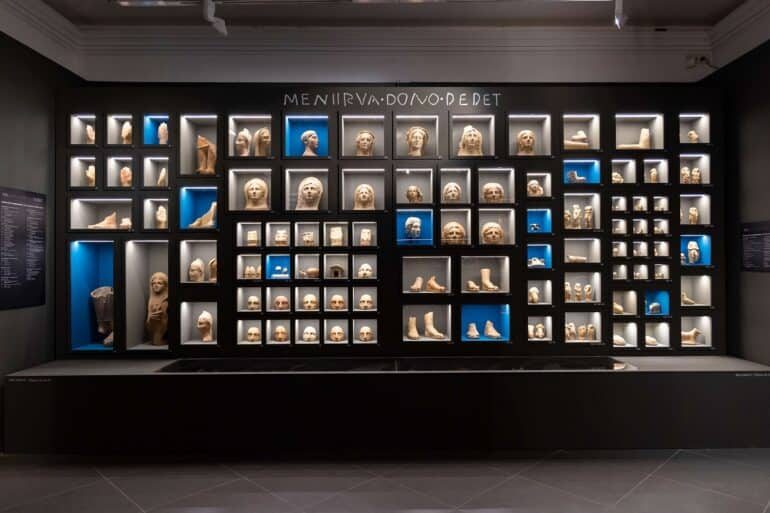Never-before-seen archaeological artifacts on show until march 2024 at Palazzo Caffarelli
The history of Rome continues to be told through its archaeological treasures at Musei Capitolini. The exhibition La Roma della Repubblica is the second chapter (after the exhibition La Roma dei Re, meaning kings’ Rome) of the great cycle Il Racconto dell’Archeologia (The Tale of Archaeology). It is definitely worth a visit, especially if you’re into ancient Rome. You have time until 24 March 2024!
The exhibition follows the transformations and developments of Roman society over five centuries, from the Republic to the Empire, through a series of archaeological themes. Around 1,800 artifacts, most of which are on display for the first time, are exhibited in the splendid rooms on the third floor of Palazzo Caffarelli.
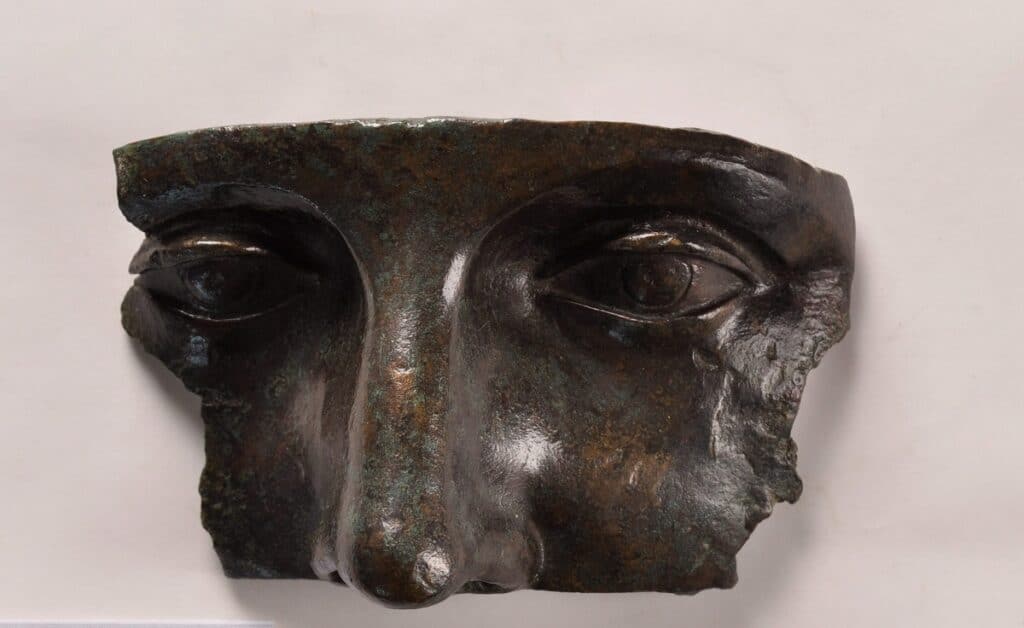
Various aspects of social life in Rome at the time of the Republic have been reconstructed thanks to the study of a specialized bibliography, in many cases unpublished. The exhibition, curated by Claudio Parisi Presicce and Isabella Damiani, is divided into three main sections, presenting works in bronze, local stone, marble, terracotta and ceramics. The structures, colors and details are rich and intricate and bring history to life, with its complexities and facets, with dynamism and vitality.
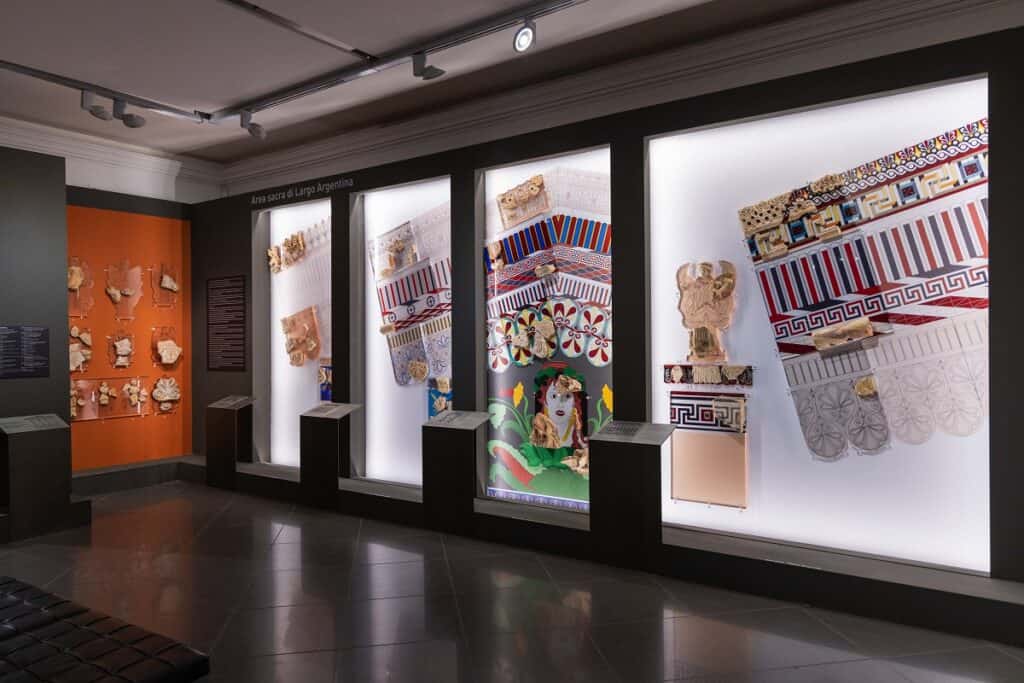
The Sanctuaries and Mansions section bears witness to the construction phases, craftsmanship and artistic level of the Templar buildings on the Capitoline Hill and in the Campus Martius. Incredible first views of pieces from Largo Argentina dated between the 1st and 4th centuries and devotional contexts, such as the votive shrine dedicated to Minerva Medica on the Esquiline.
In the same section, some specimens of some of the city’s water systems and infrastructures: dozens and dozens of jugs, sometimes with inscribed letters, and the remains of the patrician domus on the Capitoline Hill, evidenced by fragments of floors decorated with geometric motifs.
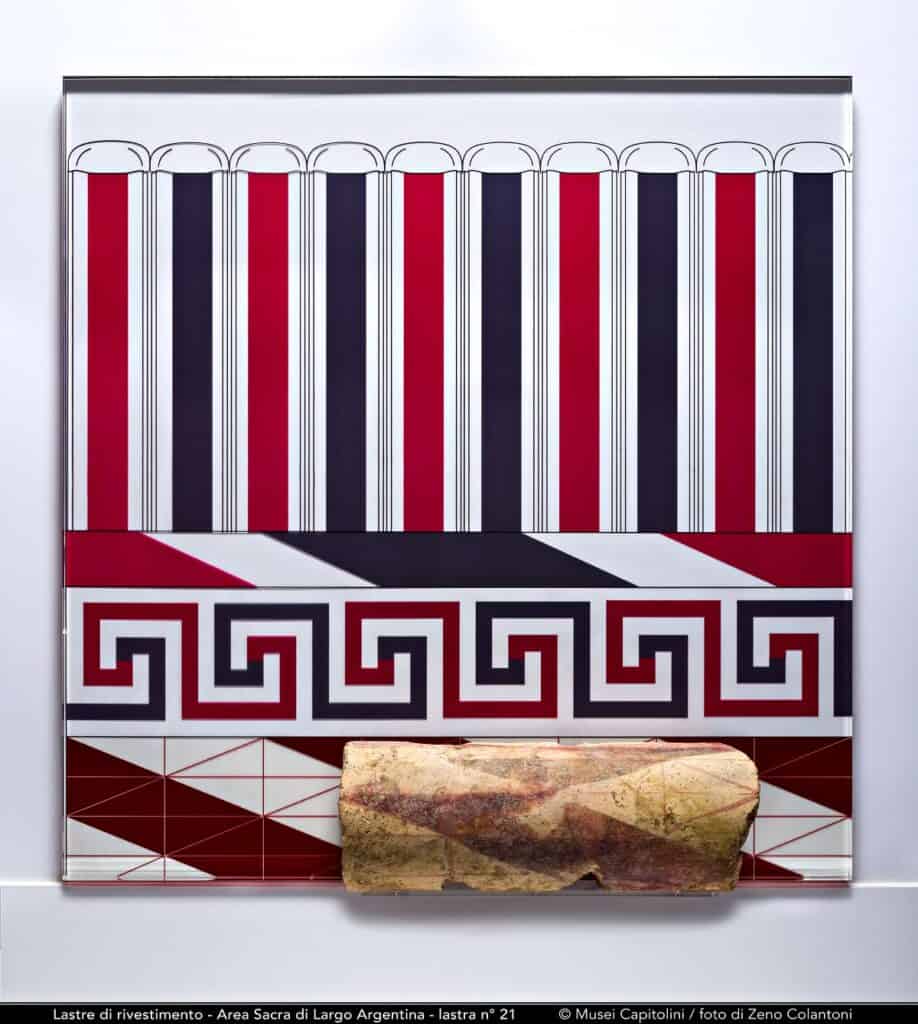
The section Production and Trades recounts the stages in the development of craftsmanship through mainly ceramic works from the 4th and 3rd centuries.
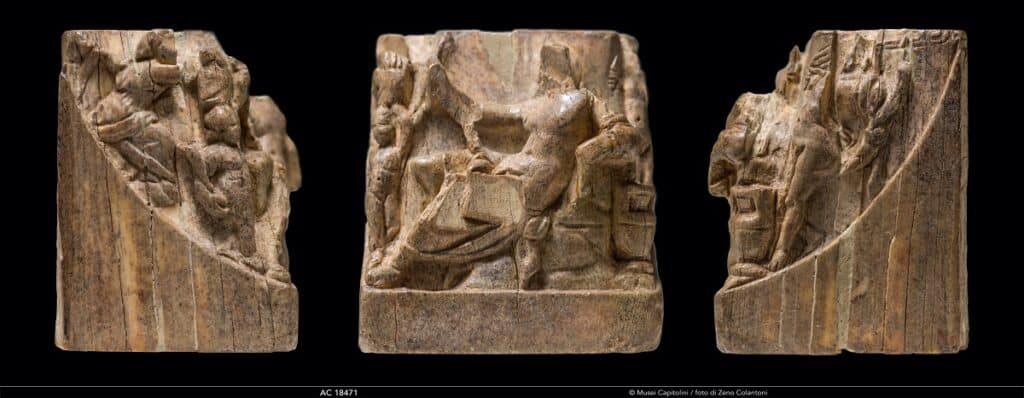
Finally, the section devoted to Identity, Prestige and Social Ascendancy focuses on the self-celebration of aristocratic families through the funerary monuments placed along the city’s roads. Some examples in the exhibition are the frescoes of the tomb of the Arieti on the Esquiline with scenes of combat and triumph, the stone sculptural groups from Campo Verano and the Greek marble urn also from the Esquiline.
Overall, after terracotta and ceramics, bronze predominates and visitors can expect to see a plethora of sculptures, some of which include The Lateran Bronzes, including the She-wolf, the Spinario, the Camillus, the head and the hand with the sphere of the colossus of Constantine.
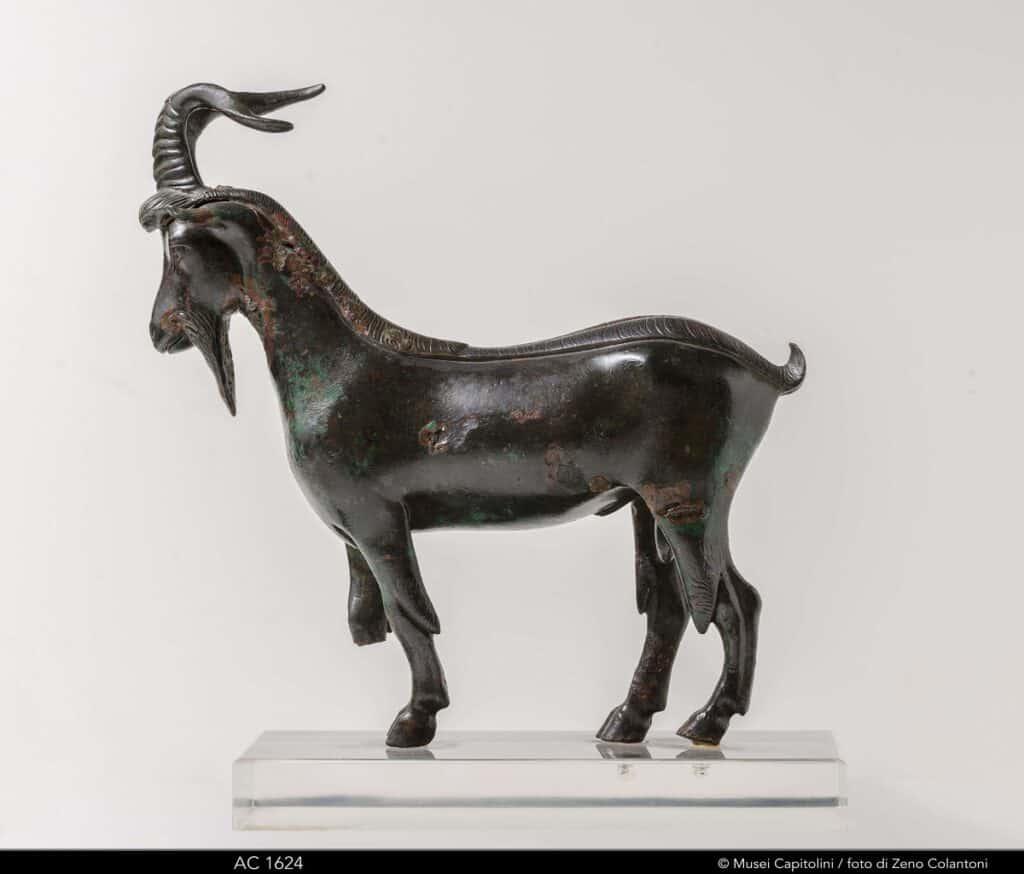
Other sculptures and models include the Corinthian capital, made from marble, the Model reconstruction of the Flavian amphitheater, made of alabastrine gypsum and wood, and the Statuette of Meleager, created from red limestone. You can also admire the wall mosaic made of glass, limestone and seashells.
The decorative art is not to be missed; while there are breathtaking statues such as the fountain in the shape of a drinking-horn, signed by the Greek artist Pontios, there is also breathtaking art everywhere you look from the walls, to the ceilings and the doors.
Finally, the museum also offers to view a selection of portraits from the late Republican period. Visitors will be enthralled by the historical context and significance of each unique and fascinating work of art.
In short, an exhibition that, thanks to the study and discovery of beautiful and original artifacts, takes us back in time to a world we could only imagine before.
Until 24 March 2024
Palazzo Caffarelli
Piazza del Campidoglio, 1
Opening times: Mon-Sun 9:30am-7:30pm (Last entry at 6:10pm)
Tickets: Full 16€


